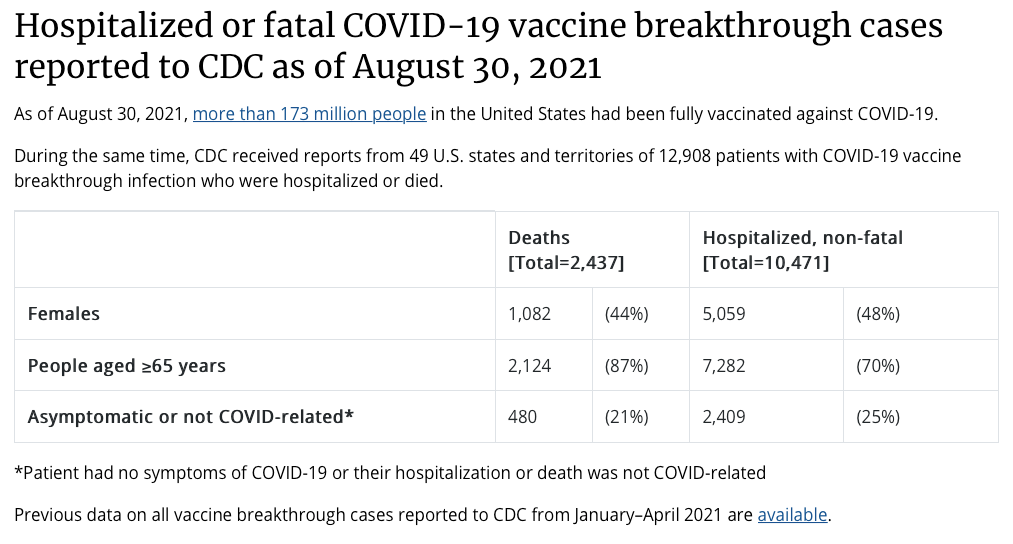Key COVID-19 Pandemic Markers Move in Wrong Direction
President Biden tonight plans to outline 6 steps that the US needs to take to—in the short term—stem the latest COVID-19 surge, and—long term—put this pandemic behind us for good.
As President Joe Biden prepares to address the nation tonight to outline the next steps in the struggle to overcome the COVID-19 pandemic, medical experts point to the many moving parts involved, some of which move in the wrong direction. The pandemic, which has been fueled by the delta variant for months, has been labeled a disease of the unvaccinated.
Unfortunately, 46.7% of Americans remain unvaccinated, according to the Centers for Disease Control and Prevention (CDC), and the pace of vaccinations appears to be slowing. The 7-day average shows that 356,662 Americans began the vaccination process each day during that time. That’s 18% less than last week, and 26% less than last month.
Another moving part that’s moving in the wrong direction is the rate of COVID-19 infection. That stands at about 160,000 a day. Anthony Fauci, MD, director of the National Institute of Allergy and Infectious Diseases and Biden’s chief medical advisor, tells Axios this morning that “that’s not even modestly good control ... which means it’s a public health threat…. In a country of our size, you can’t be hanging around and having 100,000 infections a day. You’ve got to get well below 10,000 before you start feeling comfortable.”
Rates of hospitalizations and deaths due to COVID-19 are also moving in the wrong direction, according to the New York Times. Hospitalizations increased 4% in the last 2 weeks, and the seven-day rolling average of deaths rose 29%. The United States is averaging about 1500 deaths per day, the highest it’s been since March.
The COVID-19 infection rate among children also moves in the wrong direction. A joint report by the American Academy of Pediatrics (AAP) and the Children’s Hospital Association says that 251,781 children were infected with COVID-19 from August 26 to September 2, 2021. This represents an 26.8%% increase in weekly reported cases for children; more than a quarter of the 939,470 infections recorded overall for that week. (The definition of “child” varies from state to state but in all 49 states reporting the age starts at 0 years. The higher-end cutoff age varies and can be anywhere from 14 to 20 years.) Children represent 15.1% of all cases in the pandemic up until this point. At present, there are no vaccines for children aged 5 to 12 years.
As was the case in previous COVID-19 surges, some state health care systems feel the strain. The Associated Press reports that hospitals in Idaho have had to ration care. West Virginia reports record high ICU and ventilator usage.
In a press conference yesterday, White House press secretary Jen Psaki said that Biden tonight will outline 6 steps that the president hopes will stop the spread of the delta variant and increase vaccination rates. (The address is scheduled to begin at 5 p.m.)
“We want to be specific about what we’re trying to accomplish in this moment and what these six steps will do,” Psaki said. “We know that increasing vaccinations will stop the spread of the pandemic, will get the pandemic under control, will return people to normal life. That’s what our objective is.”
Psaki added that “what you’re going to hear from the president … is going to build on some of the steps that the president announced over the course of the last few months.”
Another marker is the rate of breakthrough infections, but that’s not really a marker yet because the systems for tracking such infections have not been solidified. The CDC says that as of August 30, of Americans who’ve experienced breakthrough infections, 12,908 were either hospitalized or died.
However, the CDC states: “The number of COVID-19 vaccine breakthrough infections reported to CDC are an undercount of all SARS-CoV-2 infections among fully vaccinated persons, especially of asymptomatic or mild infections. National surveillance relies on passive and voluntary reporting, and data are not complete or representative.”
Breakthrough infections, reports of the waning of COVID-19 vaccines, and plans to administer booster shots help bolster the argument some medical experts make that COVID-19 isn’t the only opponent in the pandemic: We also race against time.
Kevin Kavanagh, MD, a member of Infection Control Today®’s Editorial Advisory Board, said in July that he’s “convinced this virus is about one or two iterations away from completely avoiding the vaccine.”
Kavanagh isn’t the only expert harboring those fears.
Eric Topol, MD, the founder and director of the Scripps Research Translational Institute, told Axios in May that “the one thing that could happen, but hasn’t happened yet, is to have a super-spreader variant … with very powerful immune evasion. ... Will we see that? I don't know. Hopefully we'll never see that monster.”
Source: Centers for Disease Control and Prevention

The CDC at a Crossroads: Budget Cuts, Public Health, and the Growing Threat of Infectious Diseases
March 12th 2025Budget cuts to the CDC threaten disease surveillance, outbreak response, and public health programs, increasing risks from measles, avian flu, and future pandemics while straining health care infrastructure nationwide.
Standing Up for Science: A Rally Participant’s Perspective
March 11th 2025Infection Control Today's Editorial Advisory Board member and contributing editor, Heather Stoltzfus, MPH, RN, CIC, recently joined the Stand Up for Science rally in Washington, DC. She gives a first-person perspective on the rally and the rally-goers' strong message.